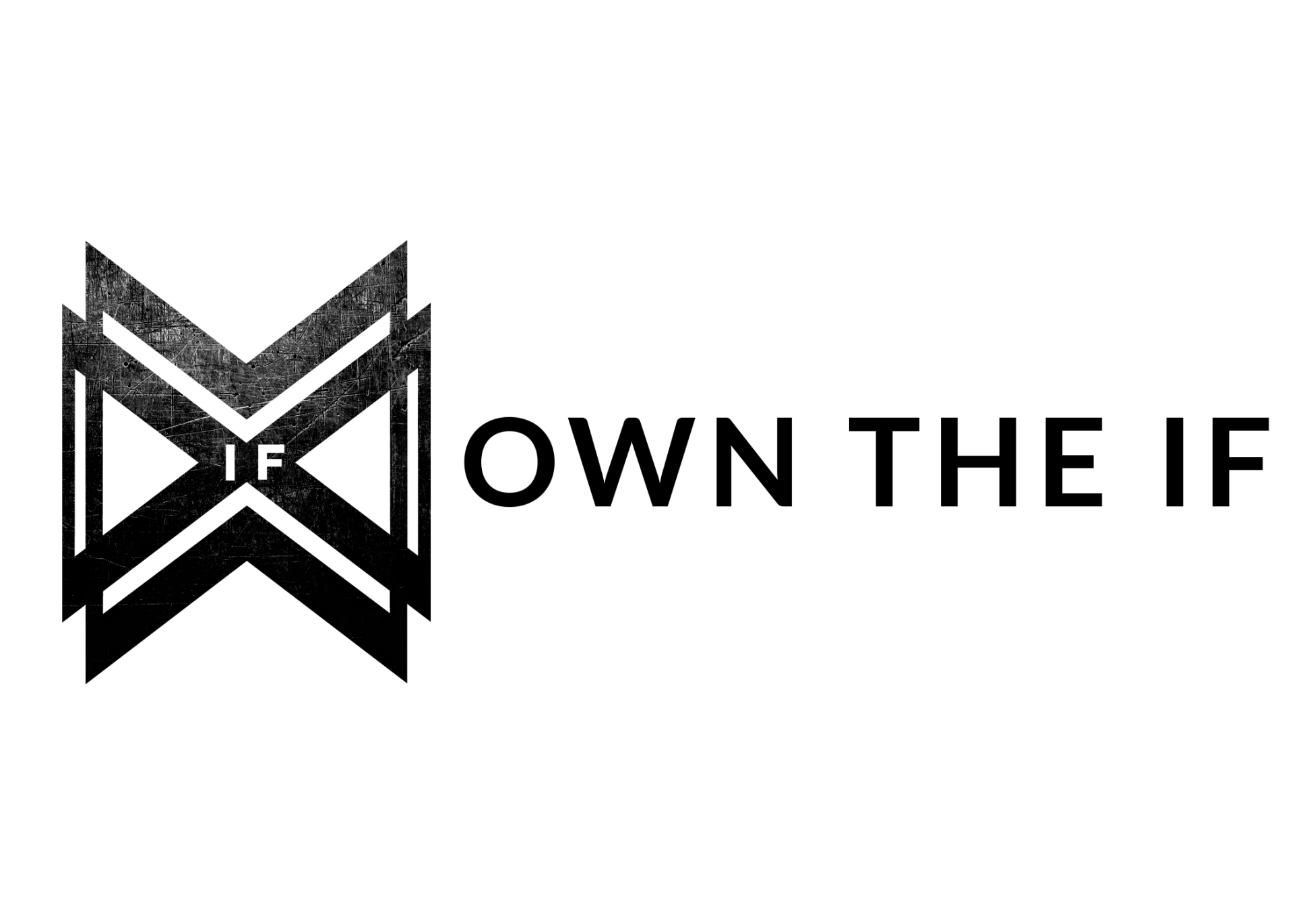Holy crap—this past week was rowdy.
Between the headlines, the to-do list that somehow got longer every day, and trying to answer a single text without getting distracted by the next fire to put out…my brain hit its limit. Maybe yours did too. The world’s been a lot lately—politics, the state of the world, the economy, wild weather—and when it all piles up, even the small things can feel like too much.
When stress spikes, your body doesn’t just feel it—your brain changes, too. The part that helps you think clearly and make good decisions (your prefrontal cortex) gets quiet. The part that sounds the alarm (your amygdala) gets loud. That’s why everything feels heavier, foggier, or more frustrating than usual.
But here’s the good news: we have tools to work with. Used in combination, they can bring more calm, clarity, and steadiness—no matter how messy things get outside.
Two Tools for Tough Weeks
1. Anchor Habits
These are small, repeatable things you do each day that tell your brain: "You’re safe. You’re in control." Think: a short walk, drinking water first thing in the morning, turning off your phone at a set time. Whatever works for you.
2. The Circle of Control
This one comes from ancient Stoic philosophy. Picture two circles:
- Inner circle: what you can control—your actions, your effort, your routine, your attitude.
- Outer circle: what you can’t—the news, other people, the weather, global events.
When you act inside the circle, you protect your peace. When you spend all your energy outside of it, you drain yourself trying to fix what isn’t yours to fix.
How to Use Them:
This takes just a few minutes. Grab a piece of paper or your journal and a pen.
Step 1: Draw Two Circles
Draw one small circle inside a big circle—like a donut with a center. Make sure you leave enough space to write inside both circles.
Label the small circle: “What I Can Control”
Inside the small circle, write things like:
– what you eat
– how you speak
– your bedtime
– your attitude
Or anything else that feels true for you.
Label the big circle: “What I Can’t Control”
In the space around the small circle, write things like:
– the weather
– the news
– what others think
– the economy
Again—list whatever feels right. This is your circle.
Step 2: Choose two things inside your control that matter right now
Then ask: What would it look like to take ownership of these?
Then, tie each to one small action.
- Example: If you picked sleep, your action might be turning off screens by 9 p.m.
- If you picked mood, it might be not checking your phone for the first hour of the day.
Step 3: Pick one anchor habit to support those actions
Anchor habits help reinforce what matters.
- If your focus is sleep, your anchor might be a nightly wind-down routine with a book and no phone.
- If it’s mood, your anchor could be a quick morning walk, no earbuds, no phone—just you and the fresh air.
Why this matters:
These tiny steps work together to shift you out of survival mode. They calm your nervous system, give you back a sense of control, and create predictability—three things your brain needs when the world feels like it’s spinning. This isn’t about fixing everything. It’s about helping you feel steady enough to face whatever comes next.
Bringing It Home:
Remember the bamboo in a storm? It bends—but it doesn’t break. Why? Because it’s rooted. Flexible. Strong in the right places.
I’ve been reminding myself of that lately—especially when everything feels like a lot.
We don’t have to resist every gust of wind or fix every broken thing. Sometimes, it’s enough to return to just a few steady things. The ones that help us feel like ourselves again.
That’s what anchor habits and the Circle of Control offer: A way to root. A way to bend without breaking.
If this week feels heavy, start small. One anchor. One action inside your circle.
We can’t control the storm. But we can build steadier shelters.
You’re not alone. You’ve got this.


